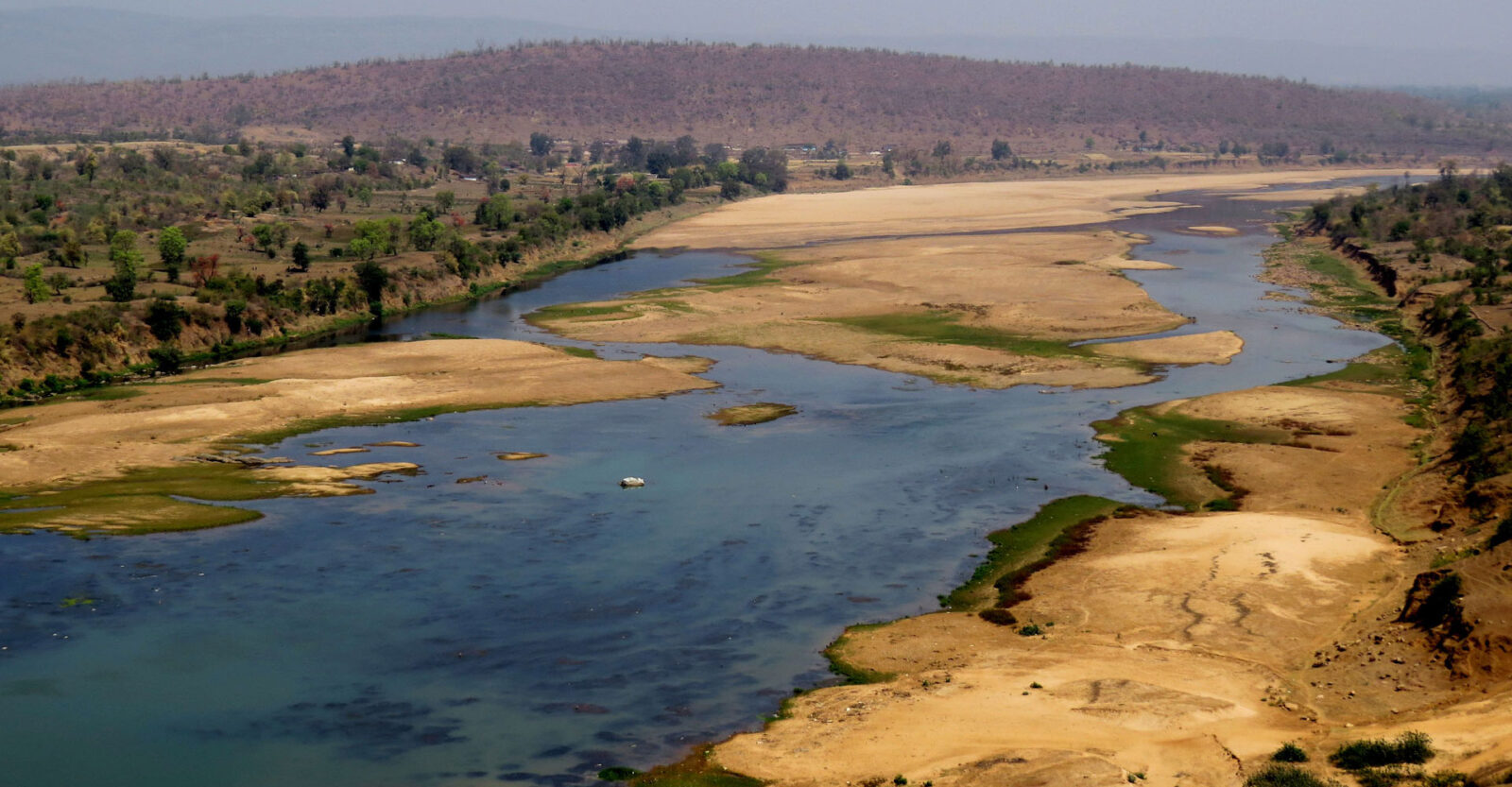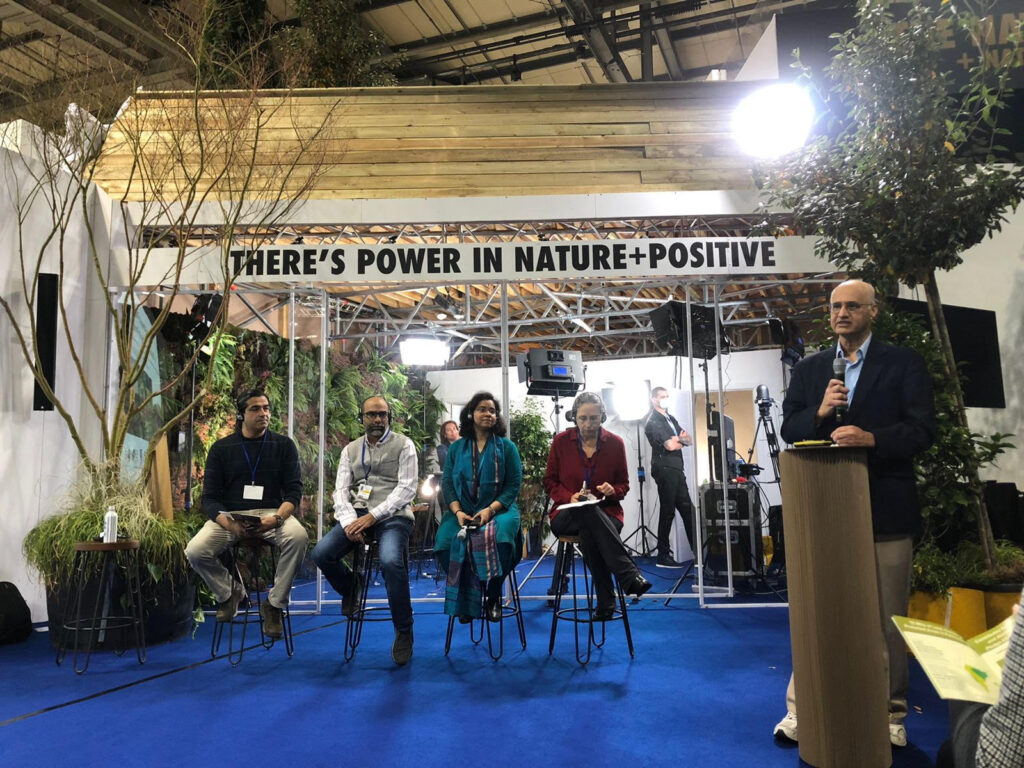2020- Ongoing
Alliance for Reversing Ecosystem Service Threats
Applicable across multiple ecoregions
Key details
About the project
Videos

2020- Ongoing
Alliance for Reversing Ecosystem Service Threats
Applicable across multiple ecoregions
Key details
Aim of the restoration project
In 2020, we formed the Alliance for Reversing Ecosystem Service Threats (AREST) with Columbia University, International Center for Agroforestry (ICRAF), Environmental Defense Fund (EDF) and the Foundation for Ecological Security (FES). The AREST partnership brings together scientific knowledge that resides in the different institutions toward ecosystem restoration on four types of habitats in India’s semi-arid and sub-humid zones.
What was the condition of the land before restoration? And what are the past and current disturbances?
AREST looks at restoring 4 types of ecosystems:
- Lands infested with invaded species (mainly Lantana)
- Open natural ecosystems
- Riparian zones
- Degraded agricultural lands
What are the restoration activities that were/are being carried out?
- Analysing multi-dimensional data for land use, land degradation, land cover, livestock pressure, impacts of invasive species, and hydrological risks and trade-offs with other ecosystem services
- Conducting demand-side assessments by analyzing socio-economic factors of tenure, fuelwood dependence, local demographics, and nutritional security.
- Based on the above, identifying socio-ecologically suitable interventions and species for restoration
- Identifying financing mechanisms based on supply-side and demand-side assessments for funding restoration
-
From weed removal, to monitoring, seed collection, nursery building, protection of the area, community engagement etc.
Area of the project
Size independent
Location
Applicable across multiple ecoregions
Altitude
100-1500 m
Annual rainfall
500-1800 mm
Temperature
7°C to 48°C
About the project
As a first milestone for the Alliance, we crafted a scientific evidence-based roadmap with the most credible data for the Government of India to achieve its sequestration target. This includes nearly 10 million hectares (10MHa) of degraded cropland and 1MHa each of degraded riparian habitats and open natural ecosystems in peninsular India. We also took a closer look at the classification of degradation and understood that some of the categories must be evaluated for their ecological value and other forms of ecosystem restoration must be introduced to move away from the mainstream narrative of merely tree-planting being promoted by the state. Additionally, co-benefits such as maintenance of hydrological cycles, biodiversity conservation, livelihoods, and nutritional security must not be ignored.
Subscribe
0 Comments



